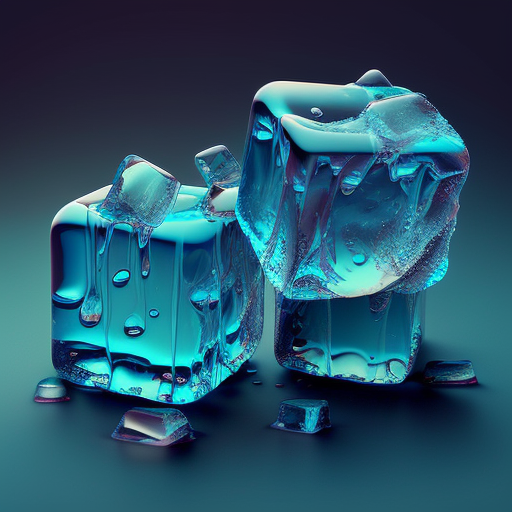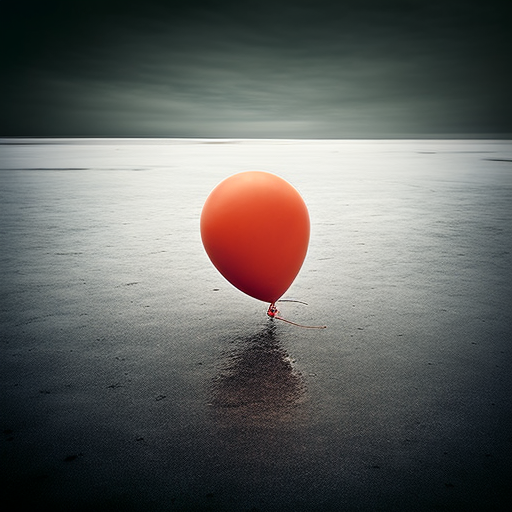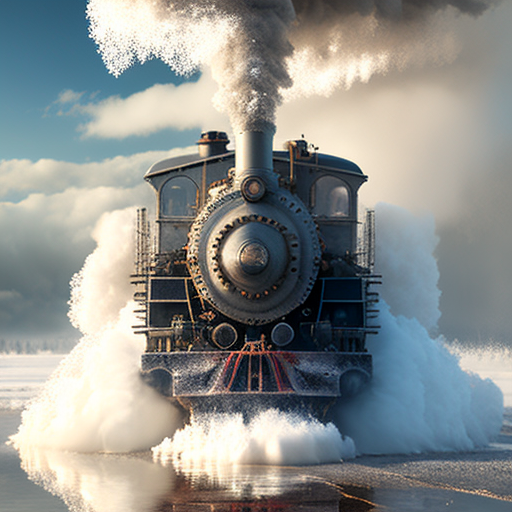Have you ever thought about the different states that matter can be in? Matter is the stuff that everything is made of, and it can exist in three different states: solid, liquid, and gas.
Solid matter is made up of particles (as explained briefly yesterday) that are closely packed together and held in place by strong forces. Solids have a definite shape and volume, which means that they keep their shape and don’t change size or shape easily. Examples of solid matter include a rock, a pencil, and an ice cube.

Liquid matter is made up of particles that are more loosely packed together than in solids. Liquids have a definite volume, but they can change shape to fit the container they are in. Examples of liquid matter include water, juice, and oil.

Gas matter is made up of particles that are very far apart and not held together by strong forces. Gases do not have a definite shape or volume, and they can easily change to fill the container they are in. Examples of gas matter include air, steam, and natural gas.

The state of matter that a substance is in depends on its temperature and pressure. For example, water can be a solid (ice), a liquid (water), or a gas (steam) depending on the temperature and pressure. When the temperature is very low and the pressure is high, water can be a solid. When the temperature is higher and the pressure is lower, water can be a liquid. And when the temperature is even higher and the pressure is even lower, water can be a gas.

So the next time you see a solid, liquid, or gas, take a moment to think about the particles that make it up and the forces that hold it together!
Ever wondered how to inflate a balloon when it’s already tied? Try this related experiment here.
